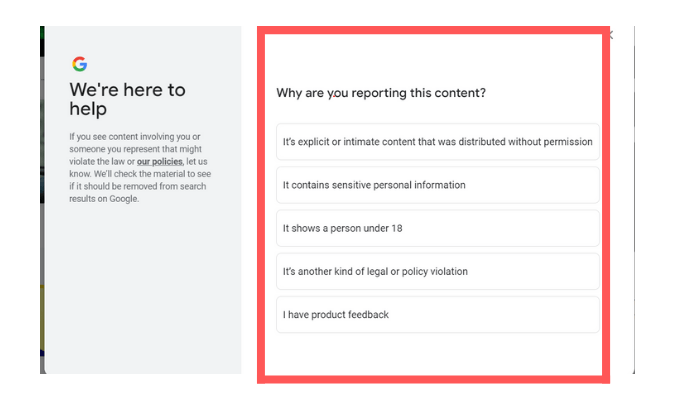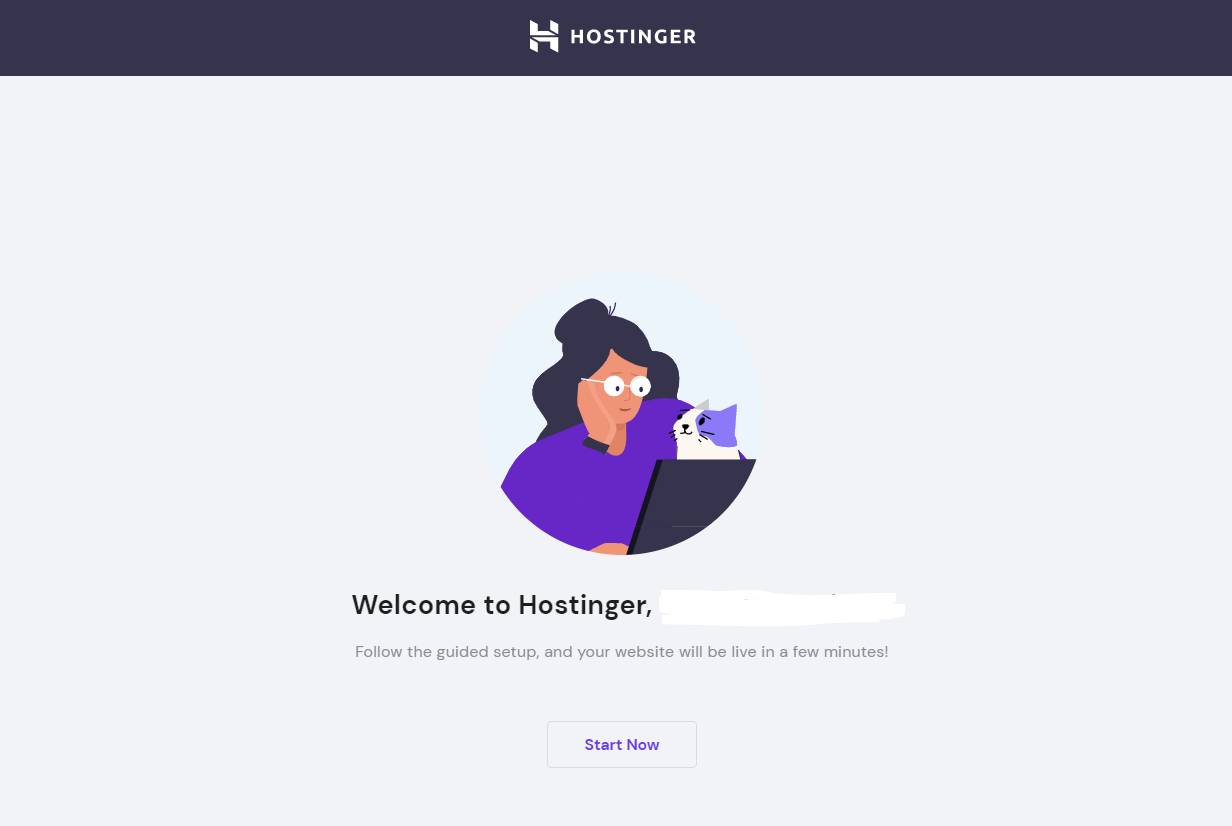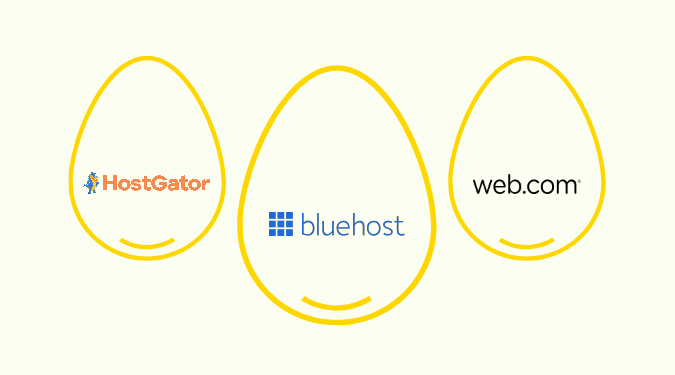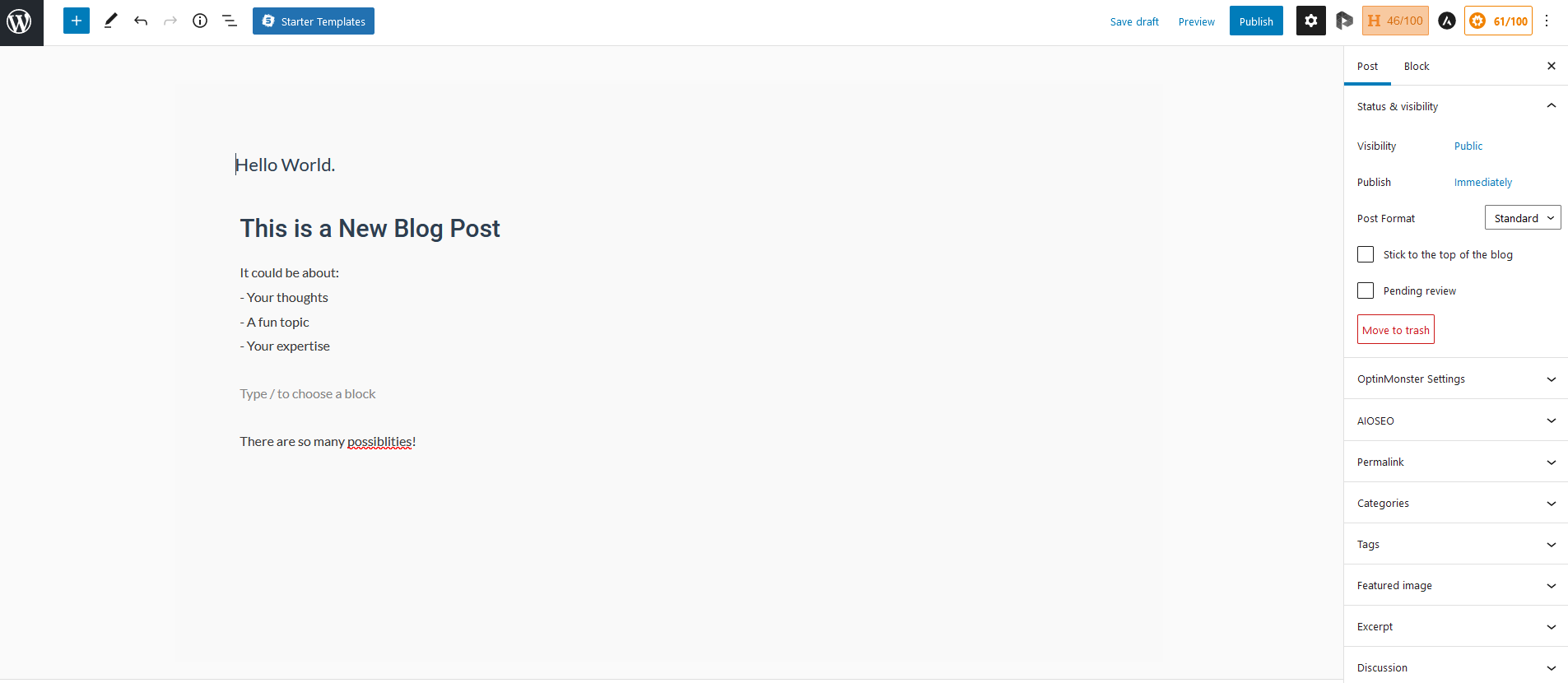Would you ever design a house or a flat without creating a blueprint? Or go on a road trip without a map in your hand?
The same logic applies to websites.
You shouldn’t start designing a website without creating a sitemap. Think of it as your floor plan that can come in handy whenever you make any changes or redesign it.
Without a website sitemap, you won’t be able to build a functional and usable website easily. Precisely why getting one should be the first on your list of priorities if you want to enhance your optimization and enable effective communication with the search engine result pages (SERPs).
Why a Website Sitemap Is So Important
A sitemap is your website’s blueprint that helps search engines find, crawl, and index all the content you’ve already published on the site. It contains all the pages and how they are related to each other.
A sitemap can be a list of pages, media, or files. So you can have one sitemap for your web pages, another for your blog posts, and one more for your images, among others.
Here’s a catch: Technically, you don’t need a sitemap.
Search engine bots like Googlebot can be incredibly efficient. They can find and index your website on their own. In the words of Google, “if your site’s pages are properly linked, our web crawlers can easily discover most of your site.“
But just because Google can find your website’s pages doesn’t mean it will see what you want it to see. This is where your sitemap comes in, directing search engines to the specific places on your site you want your audience to find.
Here are some other important benefits a sitemap brings to your website:
Ensures Higher Organic Rankings
The only way to rank higher in the search engines is to repeatedly modify your content, keeping it fresh and useful for your visitors.
When you have a sitemap, Google gets notified whenever you modify any content on your website. This way, the chances of people seeing your articles when performing a search becomes higher.
Minimizes Broken Links
Broken links, missing links, or incorrect internal links can harm your website, which is why they must be fixed ASAP. With a sitemap in place, crawl reports will pick them up right away, giving you a temporary but effective solution.
Clarification of Themes
A website sitemap provides a snapshot of your site themes, helping the user get a better idea about the services and products you offer. It also helps the webmaster maintain the current structure when adding a new section by letting them see your website’s foundations.
Helps Streamline Your Conversion Funnel
It’s better to have a minimum number of steps for your visitors to convert in the conversion funnel. Otherwise, they might leave your website without even completing signup or purchasing your product or service. As a sitemap gives you a visual representation of the conversion funnel, you can identify the necessary steps and eliminate extra procedures to keep the funnel short and well-defined.
Gives Better Insights About Visitors
Your sitemap reports can give you crucial insights, helping you understand your visitors better. You can know where your traffic comes from and through which keywords and be notified in case of any errors, which you can then fix them pronto. As a result, you can improve your content and attract more website visitors.
Given these results, a sitemap is necessary for every website.
Quick Tips to Improve Your Website Sitemap Today
Now that we’ve established the importance of website sitemaps, let’s take a quick look at the different steps you can take right now to make your sitemaps better and more accurate.
Use Relevant Tools and Plugins
When you have the right tools, generating a sitemap becomes rather easy.
You can use an auditing software tool with a built-in XML sitemap generator or stick to installing WordPress plugins like Google XML Sitemaps and Screaming Frog—whatever you like. Alternatively, you can also create a sitemap manually by following the XML sitemap code structure.
After all, why do the hard work when you can use a tool to generate an accurate sitemap automatically? Just try to create a complete XML sitemap if you want to derive maximum benefit.
If you feel you can’t or don’t want to do this yourself, you can always hire a professional to take care of it for you.
Review Your Page Structure

Take a long, hard look at the existing content on your website. Analyze the overall structure, and compare it to a sitemap template to understand how your pages will look on the table.
Aim to create a sitemap with a “shallow depth.” In other words, it should take only three clicks for the visitor to navigate to any page on your website. Not only will this ensure a better user experience, but it’s also great for SEO purposes.
Start your analysis from the homepage. Ask yourself where your homepage links to (look at the menu options on your site), keeping in mind the depth of your website. For instance, the pages further away from your site’s homepage will be harder to rank, so you make sure all the crucial pages are included here.
Suppose you have a website with an About Us page that links to Our Team and Mission & Values. The Our Team page then links to Management and Contact Us.
Considering the About Us page is one of the most important web pages to have, you should include it on the homepage, along with the Products, Pricing, and Blog links. It also makes sense to have the Management page at the third level as it isn’t as necessary as other links for boosting your sales or conversions.
Prioritize Your Web Pages Carefully
Google Sitemap protocol lets you rank your webpages and gives them a score between 0.1 and 1. The higher the score, the more likely is it for the search engine to crawl through it than pages with a lower score.
Assign higher scores to dynamic pages, which are updated more frequently (Eg: the Blog page), while static pages like Contact Us or About Us pages are better off with lower scores.
You may be tempted to assign high scores to all the pages, but that won’t actually help you. You see, search engines are designed to be more objective, so they won’t be able to differentiate between your dynamic and static pages, which, in turn, will cause you to lose some of the benefits.
Code Your URLs for Greater Accuracy
You have to format every URL with XML tags. This should be easy for those with HTML coding experience, but even if you are completely new to this, it’s not that tough to figure it out.

You can get a text editor like Sublime Text for this purpose and then add the corresponding code for every URL:
- Location — http://www.yourwebsite.com/page1
- Last changed — 2020-3-7
- Changed frequency — monthly
- Priority of page — 3
While the text editor will make your life easier when it comes to adding the code, you still have to be careful when filling it out. All information should be correct to create a precise sitemap.
Pick High-Quality Pages in Your Sitemap
Your overall site quality is a crucial factor when it comes to ranking. After all, it makes no sense if your sitemap directs search engines to low-quality pages—they’ll only interpret them to be unsuitable.
So what kind of pages should you add to your sitemap?
Ideally, your pages should be highly-optimized, contain unique content, including images and videos, and be effective enough to prompt user engagement through comments and reviews.
Long-Term Strategies for Website Sitemaps
Below, we’ll cover a list of the more strategic steps you can take to see a greater payoff over time.
Get the Sitemap Planning Right
The sitemap planning session requires specific resources. And it may look like a lot of unnecessary preparation, but every effort can help you implement a successful website design.
Here’s a list of tasks you should carry out carefully for the best results.
Define Your Business Objectives
Your website is your business asset.
Will you ever buy machinery without determining how it could help you boost productivity and meet your business goals? Apply the same logic to your website.
You should know where you want your website to fit into your overall business goals, and how it can help you further your interests. Once you have a better understanding of the ultimate destination, it’ll become easier to create a sitemap.
Finalize Your Website Objectives
Your business goal is your ultimate destination.
When we ask you to set your website objectives, we want you to determine the milestones/stops to help you reach this destination. In other words, before you say “yes,” you’ll have to set a series of “micro-yesses” before you reach that point.
This should be directly related to your customer’s path to clearly define these ‘stops,‘ helping you understand your client better.
Make User Profiles
Before creating a website sitemap, you should know who’ll be taking the buyers’ journey. For this, you have to identify your primary, secondary, and tertiary customers.
What are your target customers’ needs? Why would they visit your site? What’s their logical progression from their initial interest to final conversion?
Determining the answers to these questions is needed as you can have different kinds of users on your site, which will help you facilitate the overall flow as well as prevent redundant pages.
Understand Noindex vs. robotss.txt Before Implementation
Some of you may already know you can use meta robots or robots.txt to prevent the indexation of a page. However, when it comes to deciding between the two, you should be aware of the subtle but important difference between them.
Using meta robots “noindex,follow“ lets the link equity going to that page flow out to the pages it links to. Therefore, blocking the page with robots.txt is a complete no-no.
You can block pages that aren’t real, though (For instance, tracking scripts). This way, you won’t lose any link equity as these pages don’t have the header with the main menu links, and so on.
Let us explain this with the help of an example.
Suppose you have a Contact Us page. It’s common for these pages to be linked to buying every single page on your site through either the main menu or the foot or menu. As a result, there is a lot of link juice going on these pages.
Think about it: Would you want to throw that away? Or would you prefer to let that link equity flow out to everything in your main menu?
Exactly.
Isolate Indexing Issues
Google Search Console can get confusing for even the most seasoned people.
You may find that all your web pages aren’t indexed. But if you’re wondering why, you won’t have any answers—something that has proved to be troublesome for owners of large ecommerce websites that have multiple pages.
For instance, if only 15,000 are indexed out of your submitted 20,000 pages, you won’t find a list of reasons about what the 5000 “problem pages“ are.
You can consider splitting product pages into different XML sites and testing each one of them as well.
Create sitemaps that will affirm hypotheses, like “pages that don’t have product images aren’t getting indexed” or “pages without unique copy aren’t getting indexed.” When you’ve finally isolated the main problems, you can either set those pages to “no index“ or try fixing them to ensure they don’t compromise on your overall site quality.

That said, we have one good news for you: Google Search Console was updated in terms of Index Coverage in 2018. There’s a report now that covers the problem pages, along with the reasons why Google doesn’t index some URLs provided by users.















